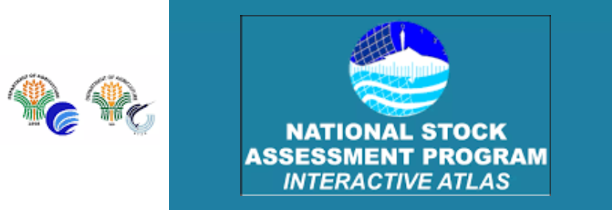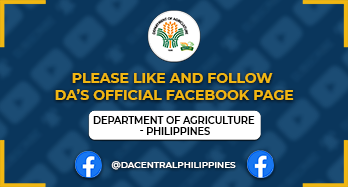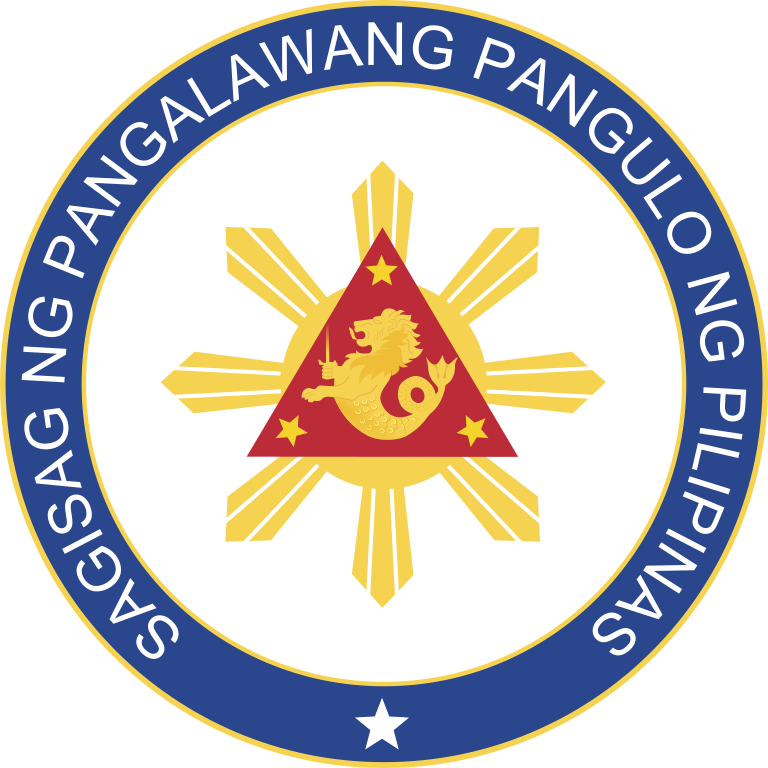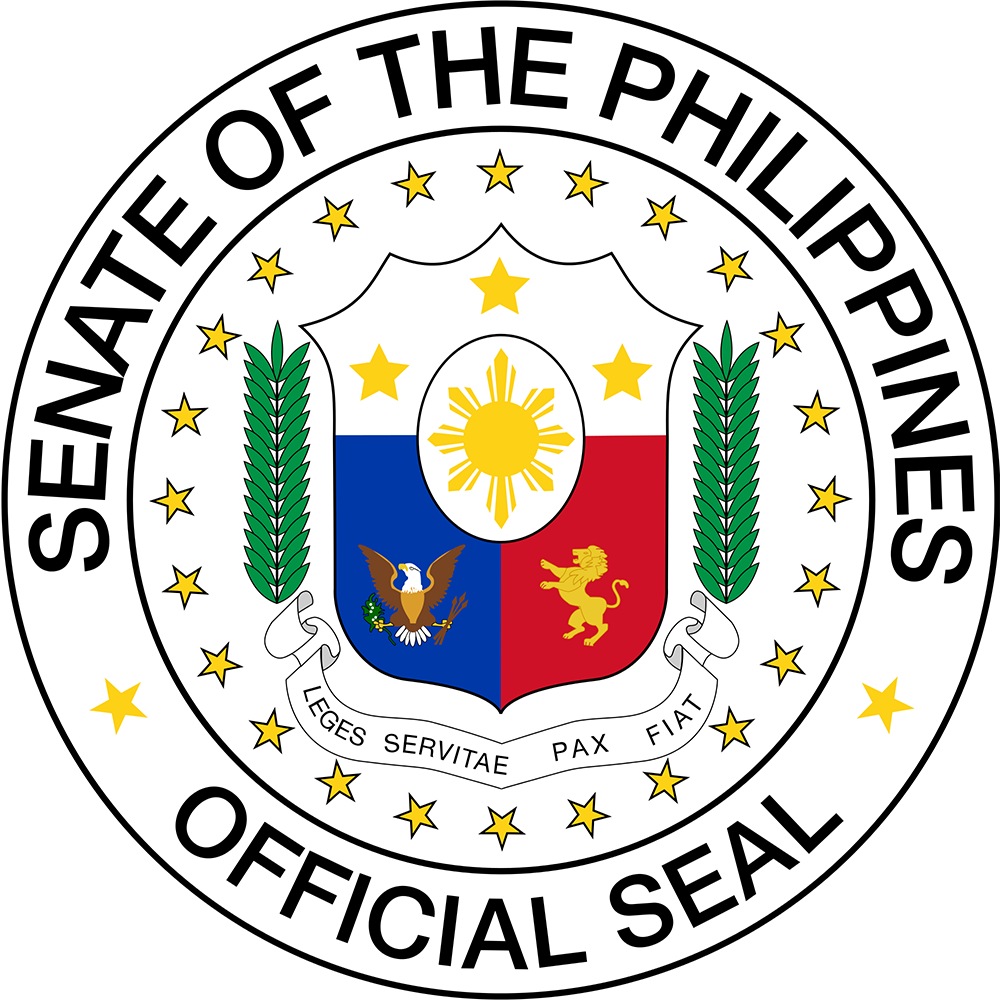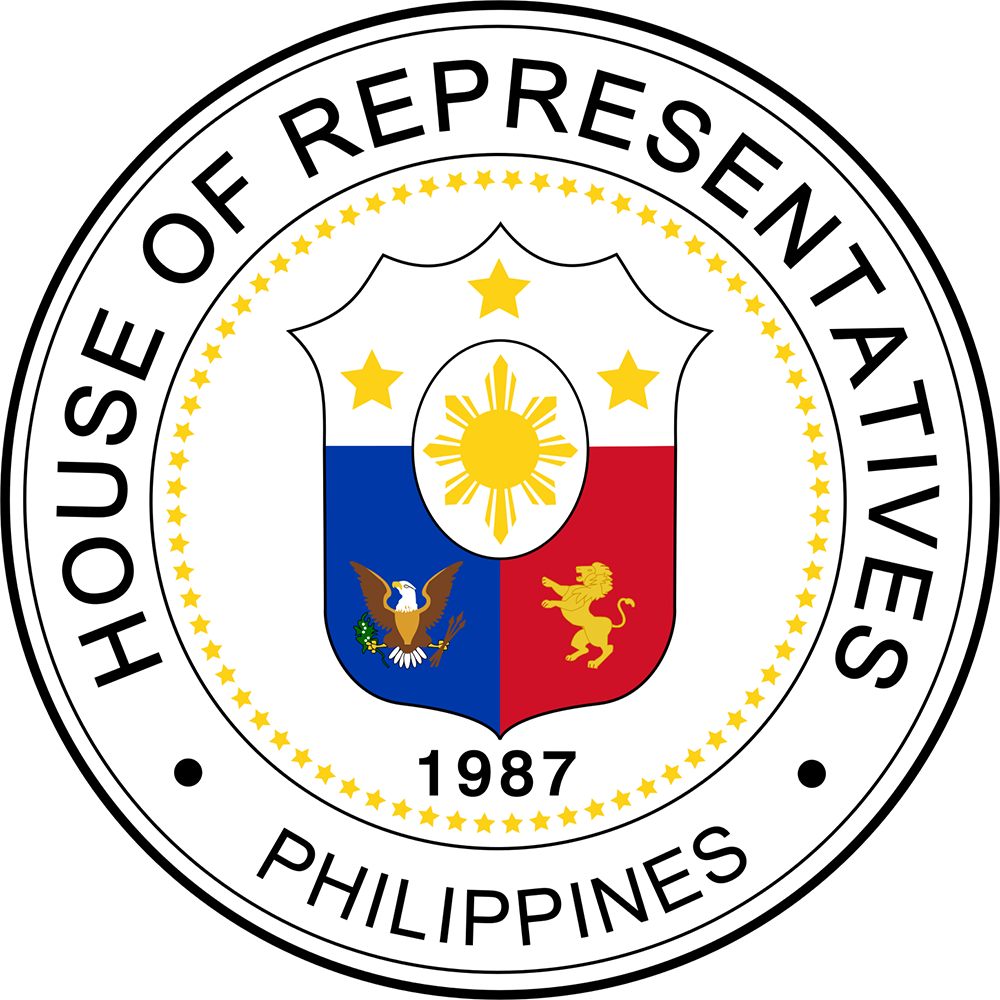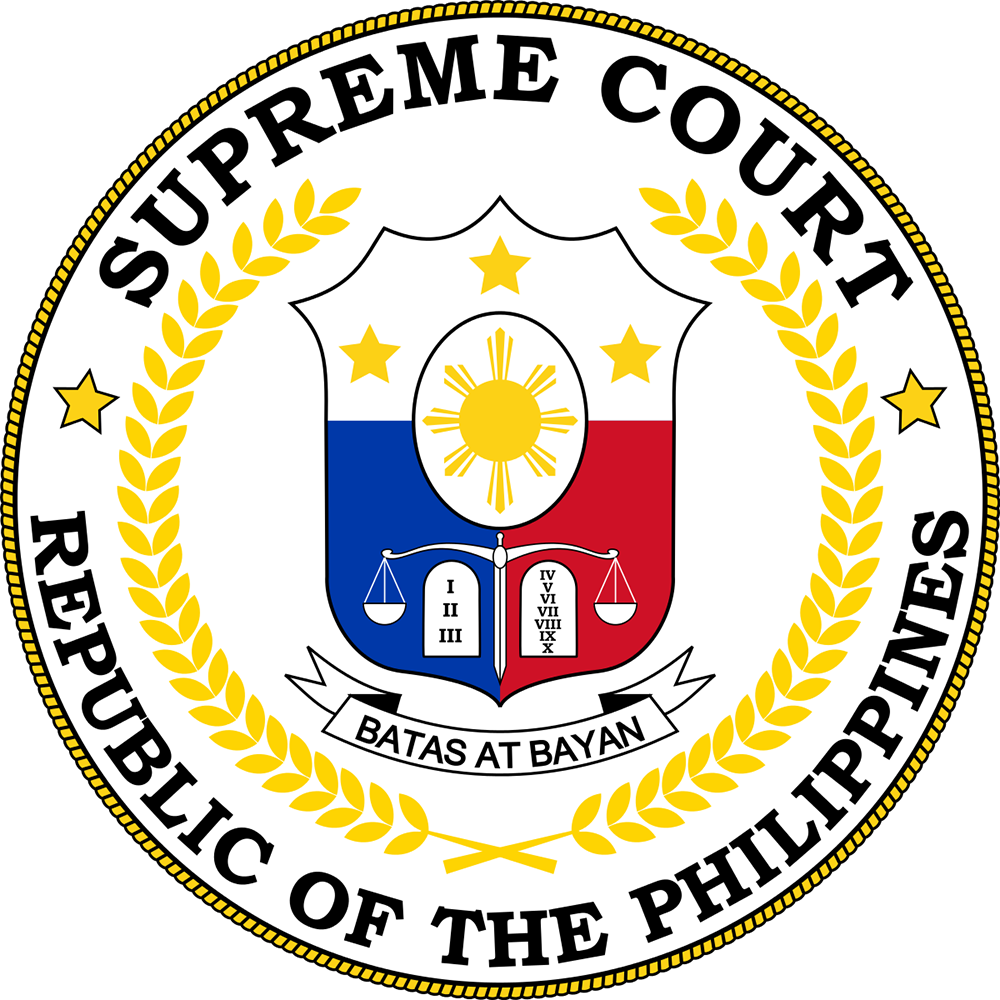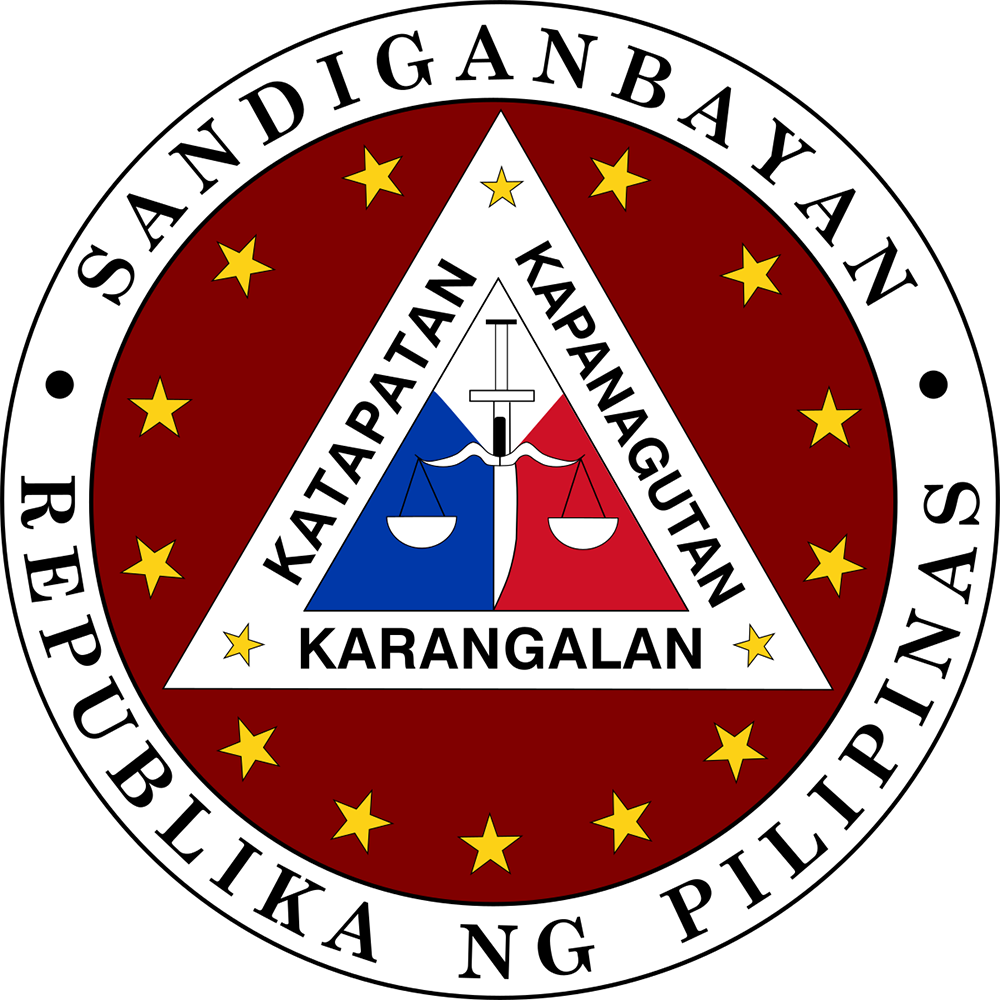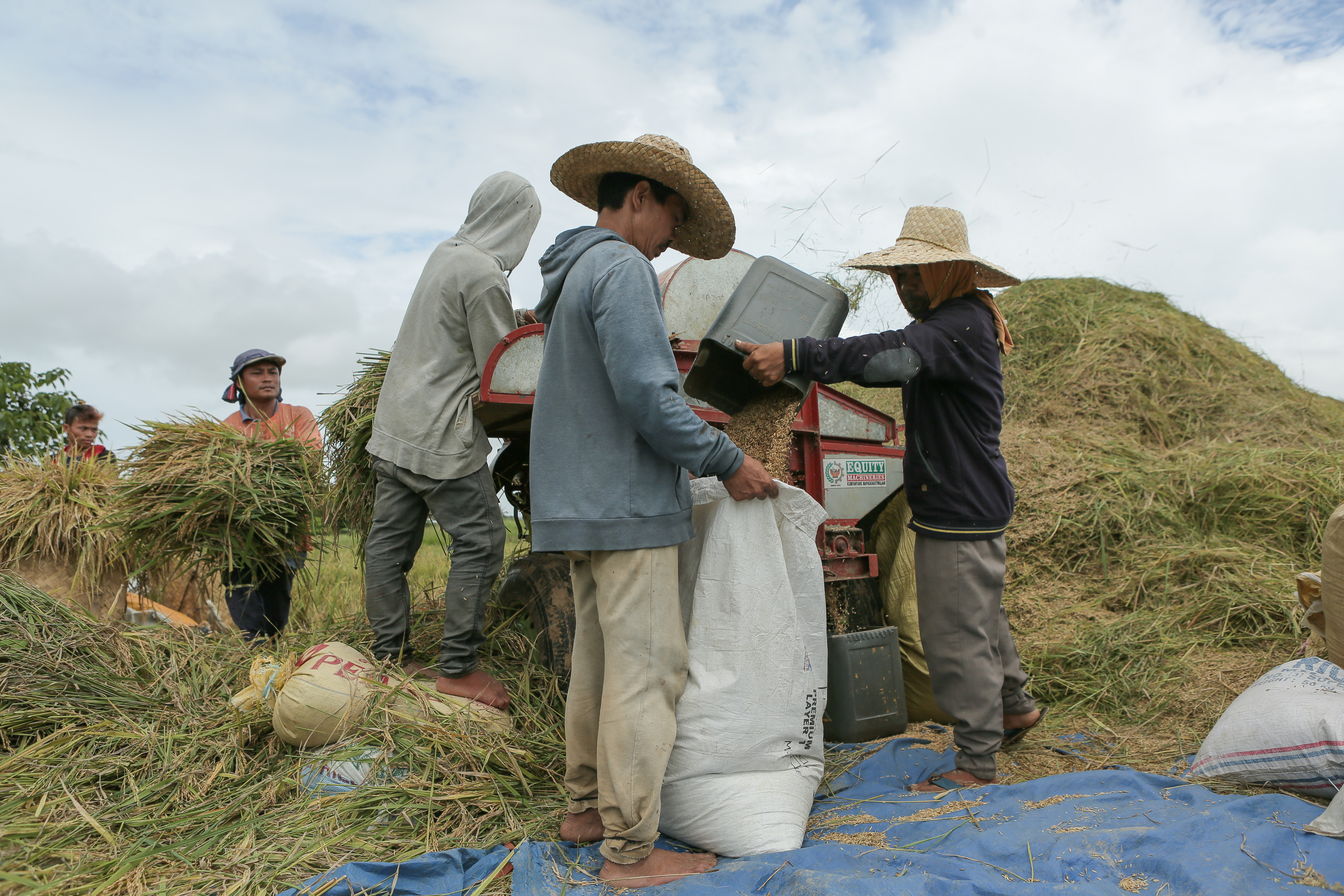
1. Is “rice tariffication” a new policy measure?
No. Rice tariffication was put forward as early as 1986 by a group of economists from the University of the Philippines at Los Baños (UPLB), when they wrote a compendium of policy papers that comprised the “Agenda for Action for the Philippine Rural Sector” or “Green Book.”
It was written during the Aquino administration to dismantle the monopolistic enterprises that controlled specific agricultural commodities during the 14-year (1972 to 1986) martial rule of Marcos.
One of those commodities was rice, wherein the “Green Book” recommended the lifting of the monopoly on rice trading of then National Grains Authority (now National Food Authority), allowing greater private sector participation.
2. Why is rice tariffication preferred to the lifting of quantitative restrictions (QRs) on rice imports (or import bans)?
Rice tariffication is desirable because it is a far superior policy instrument.
It is transparent. Any individual or group willing to pay for the tariff can import rice.
On the other hand, import quotas or QRs are opaque transactions, particularly if these are government-to-government (G-to-G), and hence breeds corrupt practices.
3. Then why did not the previous governments implement rice tariffication immediately?
They feared then that it would hurt palay farmers because the entry of cheap imported rice would pull down palay prices. A simulation exercise done by the Philippine Institute for Development Studies, a government think-tank, as early as 2015 on the impact of rice tariffication showed that palay prices would fall with the entry of cheap rice imports. In addition, the study indicated the volume of rice imports that will enter the country at varying tariff levels and recommended the appropriate tariff that should be imposed to afford protection to our rice farmers.
The ‘Left’ then was a considerable force to reckon with in policy making during that time, and their populist perspective was accepted as sound policy advice, particularly during the Cory administration.
President Ramos took a different tack when he pushed for the membership of the country in the World Trade Organization (WTO) in 1994. A necessary part of our ascension to the WTO was the liberalization of agricultural trading, including rice.
We availed of the exception (under the WTO agreement) for rice import for 10 years to allow government to put in place the necessary productivity-enhancing measures to protect our palay farmers and make them globally competitive.
That was the reason why the Agriculture and Fisheries Modernization Act of 1997 (AFMA) or Republic Act 8435, and the Agricultural Competitiveness Enhancement Fund (ACEF) lending program were enacted and created, respectively.
4. Did we do our homework of improving the production efficiency of palay farmers?
Unfortunately, we did not. Hence, after the 10-year grace period, we applied for another 10-year exemption (though this required sacrificing other agricultural producers through lower tariffs) from the lifting of our rice QR. The 20-year grace period ended in 2014, during the time of former DA Secretary Proceso Alcala (under the administration of President Benigno S. Aquino III), and we were no longer allowed by WTO to extend the QR. We resorted to various legal measures such as declaration of emergency situation, imposing non-tariff barriers (NTBs), or sacrificing more products through lower tariffs in exchange for maintaining the rice QRs.
5. If we are rice self-sufficient, why is there a need to import?
We are not self-sufficient in rice. We are importing an average of five to 10 percent of our rice requirements, depending on the weather, because we cannot produce enough. Successive DA secretaries promised to attain rice self-sufficiency, but all failed.
6. But have we not devoted enough resources to make us rice self-sufficient?
A public expenditure review conducted by the World Bank of the Department’s budget done during the previous administration showed that more than 70 percent went to fund rice productivity-enhancement programs. Hence, the development of other crops, where the country has comparative advantages, was utterly neglected.
7. Then, why has not rice productivity shot up to at least equal Thailand or Vietnam?
There are a number of factors, but two of these stand out:
First and foremost, we don’t have huge compact flatlands blessed with adequate irrigation. We don’t enjoy economies of scale. We don’t have a Mekong River—the 12th longest river in the world and the 7th longest in Asia—that flows through six countries: China, Myanmar (Burma), Thailand, Laos, Cambodia, and Vietnam. The Philippines is archipelagic with a lot of mountainous areas.
Second, our population is rapidly increasing, which means we have more mouths to feed.
Third is corruption, where beneficiaries have not been provided proper assistance (i.e., fertilizer, seeds, etc.).
8. What about the NFA?
Its role is to stabilize palay prices: Buy high, Sell low — a formula for financial bankruptcy. The NFA’s debt rose to more than P150B during Secretary Alcala’s leadership. This worried a lot our financial managers.
The NFA was and currently is not effective in its price stabilization role, because it can only buy an average of two to four percent (2-4%) of the country’s total palay output.
What it normally does to fill up the supply gap is to import, because it has the monopolistic right to do so.
It does earn a lot of money for those engaged in this import business. Aside from the commissions obtained per kilo of imported rice from wholesalers, there are contracts to bid out down the whole supply chain of rice importation (i.e., shipping, stevedoring, tracking, barging, bagging, warehousing, fumigation, etc.).
Moreover, there are reports of collusion between NFA personnel and unscrupulous traders, where the NFA buys palay at subsidized prices for a commission, instead of purchasing directly from small farmers.
Also, the NFA rice when sold in the market benefits the relatively well-off consumers, instead of the poorest families in urban areas.
9. What is the impact of NFA’s intervention in the market?
Mainly because of the QR or import ban instrument, the NFA has artificially kept palay prices up, benefiting farmers; and at the same time pushed up rice prices higher for consumers.
Particularly, skyrocketing rice prices occur when the NFA makes a mistake in deciding when rice imports should come in.
As we have seen it early this year, the high price of rice was a key contributor to our high inflation rate, worrying our economic managers.
Moreover, NFA’s continuing insolvency is a perennial headache for our economic managers, who see no solution for it.
Worse, instead of inducing economic efficiency, infusion of more money to NFA is like “throwing more money after a bad investment decision.” It is simply not financially viable. Then, the question is why not spend money where the investment can make the situation better, even if it bleeds the economy in the short-term?
10. Is the RTA the solution?
It is. It is required. The Philippines has to abide by its international trade agreement obligation in order to spare it from being economically-sanctioned by its trading partners.
That is the reason why our economic managers championed its passage, though opposed by the previous DA Secretary.
11. Did our economic managers consider the adverse impact of the RTA (i.e., falling palay prices) when they pushed for its passage?
Are they callous to the plight of rice farmers — in their desire to lower prices to benefit consumers and arrest inflation?
The fall in the palay prices was expected.
Anybody who knows his basic economics will foresee the price plunge.
Seeing such, our economic managers pushed for the creation of the Rice Competitiveness Enhancement Fund (RCEF) and wanted its implementation immediately after the passage of the RTA.
They argued for the immediate completion of the national rice roadmap to guide how government funds should be programmed to fully support the plan. They wanted the completion of the “farmers’ registry” or the Registry System for Basic Sectors in Agriculture (RSBSA), which has been in the doldrums since Alcala’s leadership at the DA.
The RSBSA is an indispensable tool to successfully implement the “cash income transfer” program, and more importantly, help eligible farmer-beneficiaries.
The economic team also pushed for the reorganization of the NFA, including deciding on the volume of buffer stock that should be maintained by NFA for emergency purposes.
They even approached a multilateral financial institution to specifically package a program that would increase government financial resources, and thus help more rice farmers during the adjustment period. The response of past DA leaders had been lukewarm.

